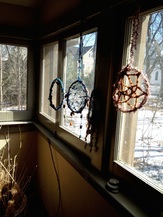
It has been a full year since our first pop-up exhibit at MacDonald House – an historic home in the heart of Thornhill. Open House marked a turning point in our development of ThinkinEd as a social enterprise grounded in community and theory-building about the way we live and learn. And today's story begins with our desire to build on the passion and excitement that grew from Open House, and culminates with a deeper understanding of the intimate bond between humans and our natural world. It is a story about a pivotal moment when practice informed life.
Over the past year we have built an unwavering commitment to many things: to the care and preservation of the MacDonald House; to bringing together students, teachers and parents in open and thoughtful conversation about learning and innovation; to maintaining seamless lives filled with intention and purpose; and to finding an antique plumbob that tells the story of community.
Over the past year we have built an unwavering commitment to many things: to the care and preservation of the MacDonald House; to bringing together students, teachers and parents in open and thoughtful conversation about learning and innovation; to maintaining seamless lives filled with intention and purpose; and to finding an antique plumbob that tells the story of community.
 Diana Fedora Tucci
Diana Fedora Tucci What is a plumbob and why such an intense desire to find one of our own? A plumbob (or plummet) is a weight with a pointed bottom suspended from a string that is used as a point of reference. Our current fascination with antique plumbobs is inspired by Educator-in-Residence, Diana Tucci and the incredible nature space she designed for The Art of Play – our second pop-up exhibit which took place during March Break. When Diana joined us for a planning meeting a couple of weeks prior to opening day, we had no idea how her devotion to nature would inform the rest of the exhibit and ultimately become a reference point for our journey– much like the plumbob.
Diana’s concept “Not Every Story is Written in Words” provoked our thinking about five distinct elements of Forest School practice – The Plumbob, the Laybryinth, the Ark, the Forest Loom and Inukshuks. These compelling concepts ultimately influenced our approach to the other exhibit spaces at The Art of Play. Each of these separate-but-connected-ideas became the underlying and unifying threads for our explorations into art, nature, and play.
Diana’s concept “Not Every Story is Written in Words” provoked our thinking about five distinct elements of Forest School practice – The Plumbob, the Laybryinth, the Ark, the Forest Loom and Inukshuks. These compelling concepts ultimately influenced our approach to the other exhibit spaces at The Art of Play. Each of these separate-but-connected-ideas became the underlying and unifying threads for our explorations into art, nature, and play.
"Not Every Story is Written in Words"
Diana built the space with dedication and care – suspending the plumbob in the centre point of the room – creating a constant, weighted focus that drew everyone in. She went for a walk and gathered tall grass to bring indoors for the forest loom, which she tucked away in an adjacent space – like a hidden treasure you might come upon in the forest. She set out heavy stones for constructing Inukshuks. Many of the rocks weighed as much as 5 lbs – demonstrating a silent assumption of competence in the young children who would join us throughout the week. Children and adults of all ages and abilities moved seamlessly though the room without hurting themselves on the rocks – never damaging the historical floors or crushing the smaller, more delicate materials in the shared space.
Each day, loose parts from these five nature provocations moved around and existed in a holistic relationship with each other – overlapping, interconnecting, growing and receding in a way that reminded us of nature itself. With windows facing in three directions, light poured into the room – illuminating magical creations from different angles and at various times of the day. The effect was spectacular – evoking tall sunbeams that draw our attention to unique features on the forest floor. When Diana initially signed on to our educator-in-residence program, she planned to be there for just one day. But her concept was so intoxicating to us and so all-encompassing within the exhibit, that she generously set out the materials for the whole week. Her approach led to a multitude of spontaneous inquiries including explorations of snails, dream catchers, and snow art.
So what did we learn by co-creating a space for exploring the Art of Nature? And how has it guided our life and practice since that magical week (besides launching our epic search for an antique plumbob of our own)? Taking time, centring ourselves, following paths, balancing rocks, and weaving remnants helped us connect with the calm and truthfulness of nature. These engaging and thought-provoking Forest School invitations remind us to seek balance. Everyone who stepped into the nature space ‘got it’, regardless of age. They got that the plumbob was the beginning and end of everything. Adults and children gathered beneath it to chat. Children created outwards from its centre point – building stories that radiated out in all directions – about animals and seasons and the four elements. They even gave one lucky little rabbit a playful ride.
"The plumb bob employs the law of gravity to establish what is
'plumb' – what is exactly vertical or true" – Bob Vila
Often when we think about story telling, we imagine stories that belong to others. Diana’s invitation to consider the Art of Nature offered much more than the possibilities inherent in bringing nature indoors. It pushed peoples’ thinking well beyond conventional explorations of the cyclical patterns of changing seasons. Diana’s invitation to share story in a room called The Art of Nature sparked expressions of each participant’s true human nature. Allowing for fluidity of movement, creativity and thinking between the Forest School invitations – and more broadly throughout the exhibit – bridged the divide between environmental nature (expected) and human nature (unexpected).
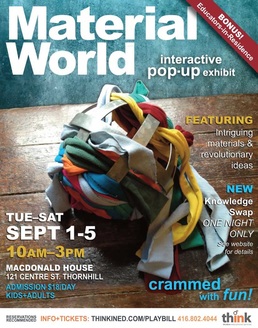
The Art of Play was only the beginning of our relationship with Diana and her work with children and nature. We are truly inspired by her clarity and depth of understanding about how – and why – we must learn in, from and with nature. Diana's ongoing practice has given us new language to express many of our core beliefs – to find grounding amongst the chaos, to remain fluid against traditional barriers, and to venture freely like a labyrinth – knowing we have a safe home to come back to. That’s why we’re so grateful to Diana Tucci, and why we have invited her back to continue her Educator-in-Residence at our upcoming Pop-Up Exhibit, Material World. We have much to learn from Diana and the other exceptional Educators-in-residence and we invite you to join us.
Taking the time we needed to genuinely reflect on this past year has made it possible for us to recognize the changes that began the moment we chose to open our hearts and our ‘adopted’ home – the moment we filled the historic MacDonald House with the magical sparks of creativity. Here we go again!
>> Discover more about Diana Tucci
>> Learn about Forest School
>> View more images from The Art of Play
Taking the time we needed to genuinely reflect on this past year has made it possible for us to recognize the changes that began the moment we chose to open our hearts and our ‘adopted’ home – the moment we filled the historic MacDonald House with the magical sparks of creativity. Here we go again!
>> Discover more about Diana Tucci
>> Learn about Forest School
>> View more images from The Art of Play

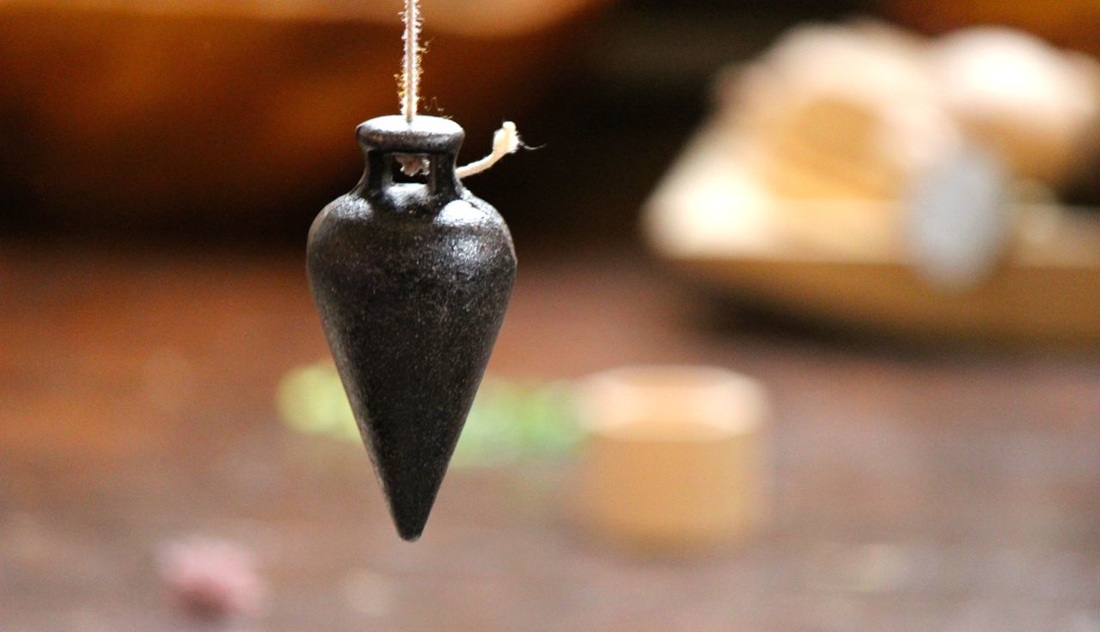
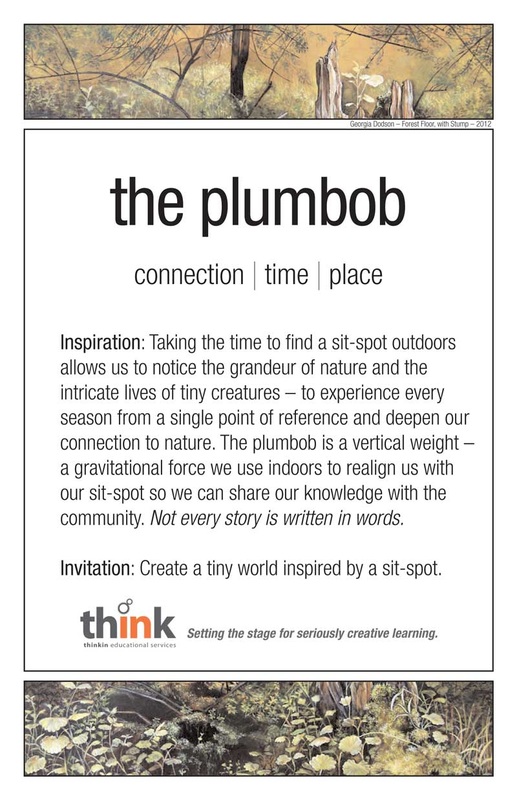
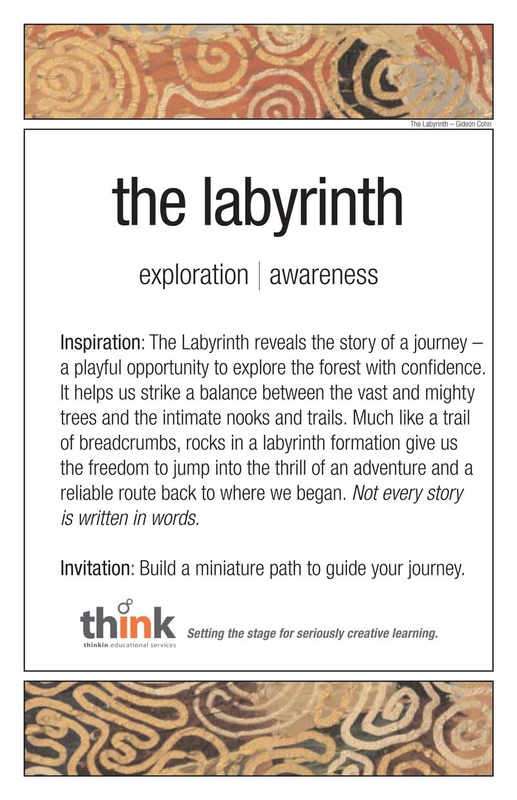
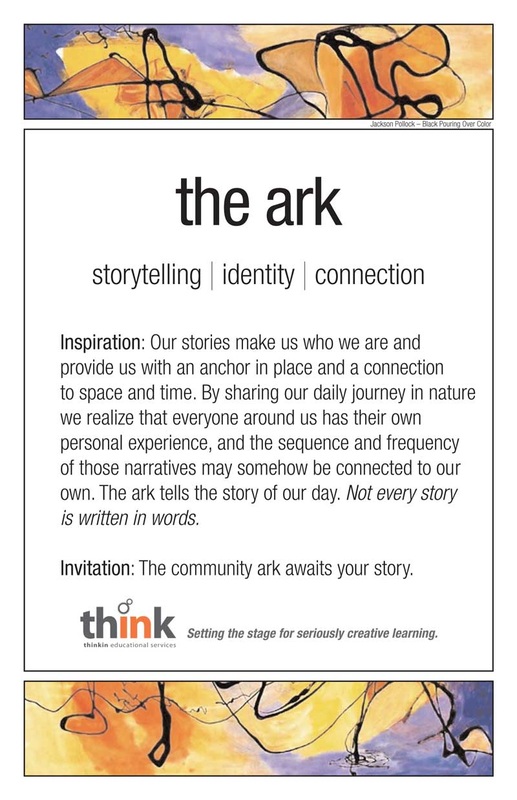
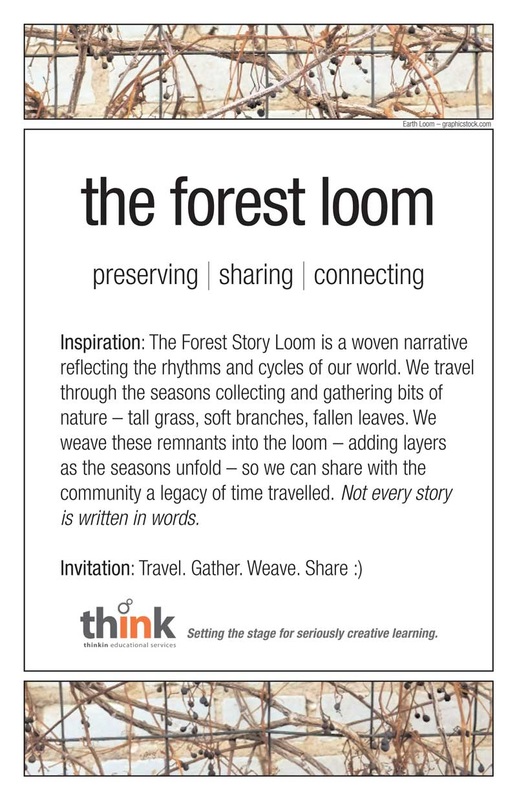
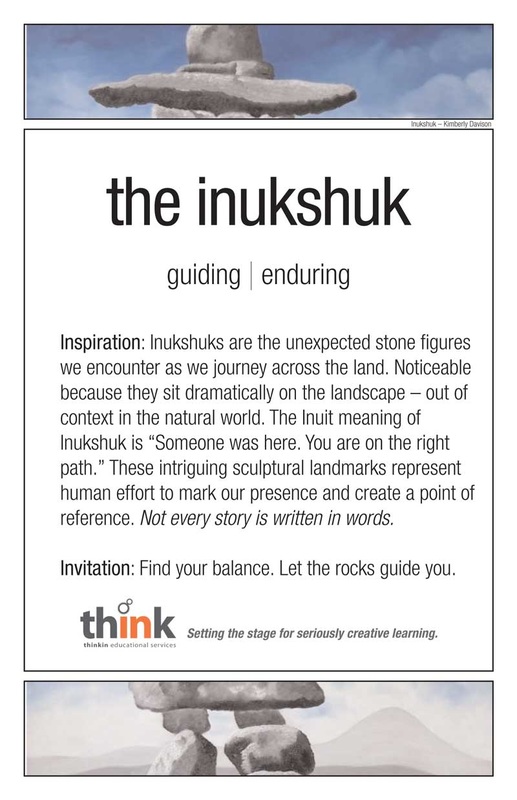
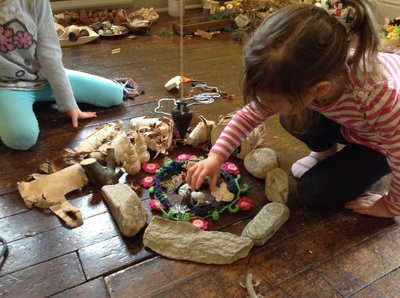
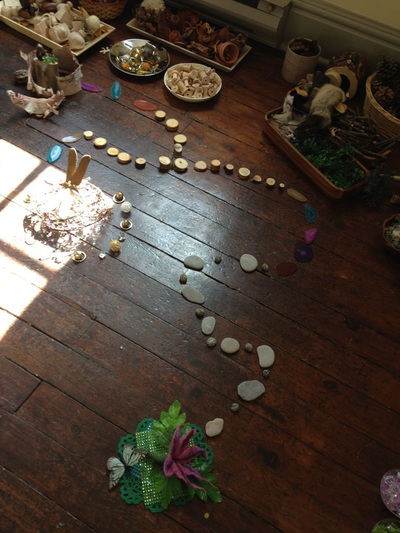
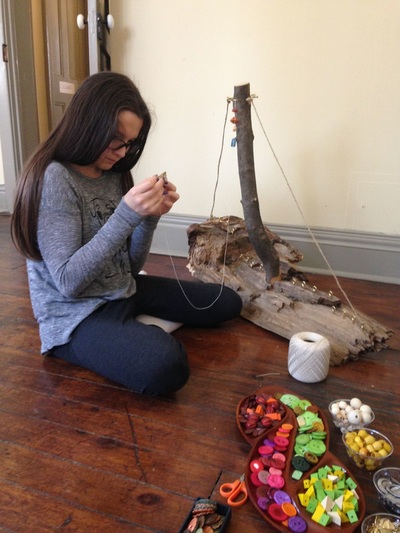
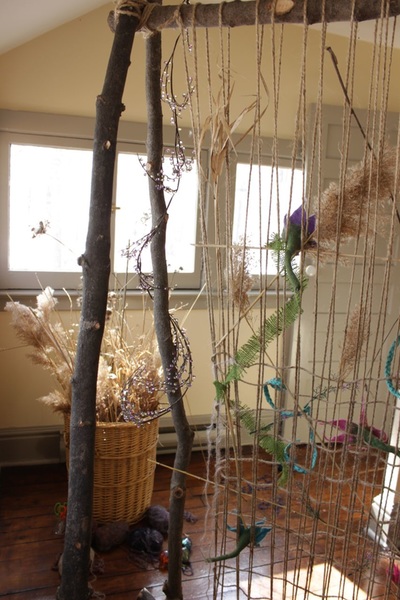
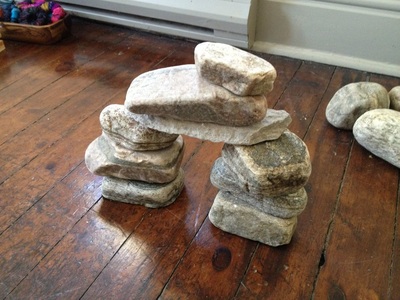
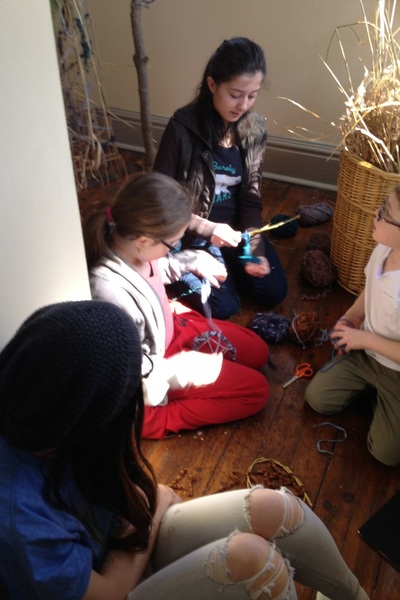
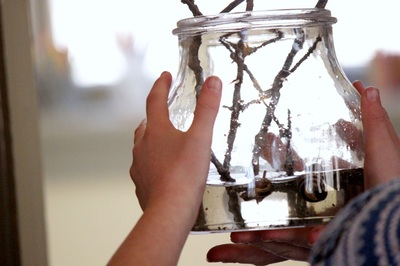
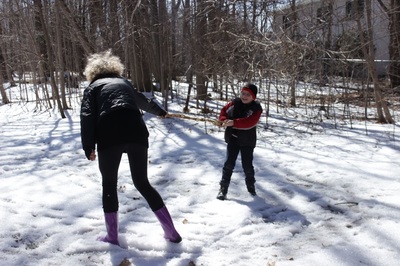
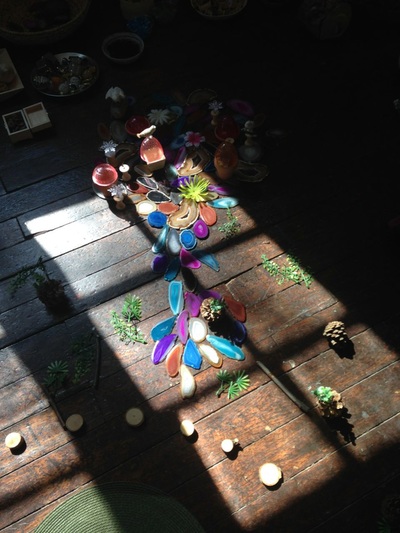
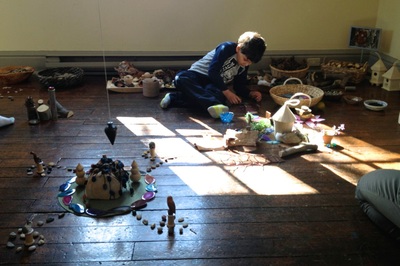
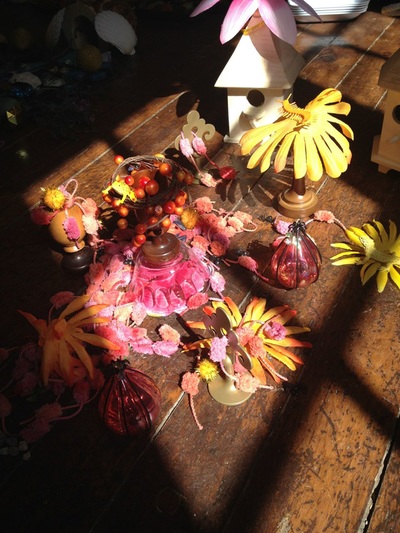
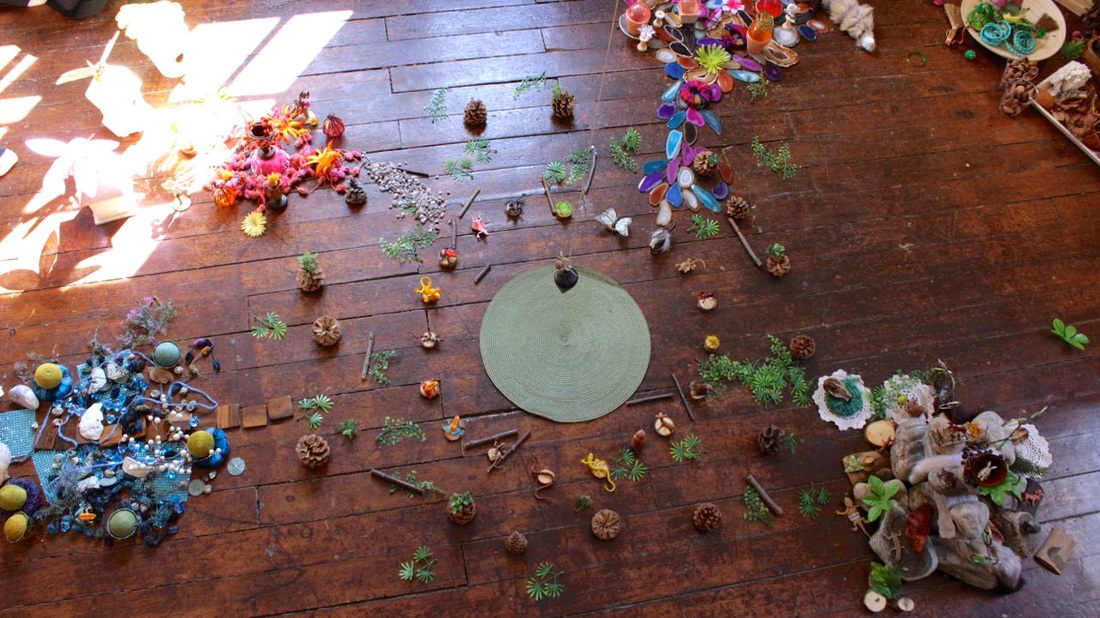
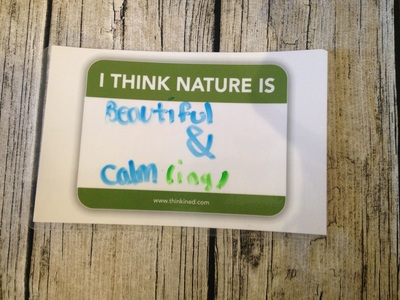
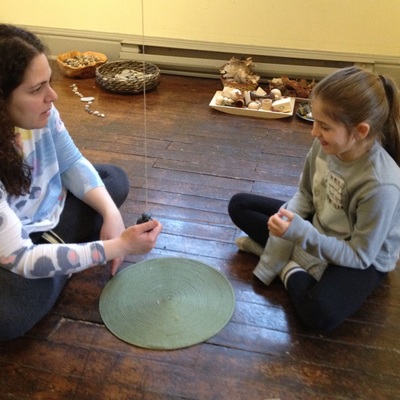
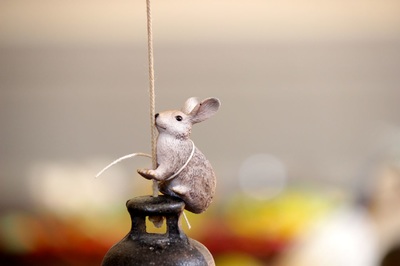
 RSS Feed
RSS Feed



